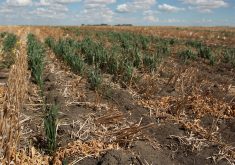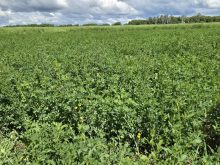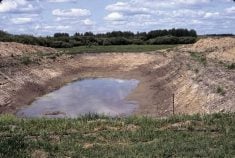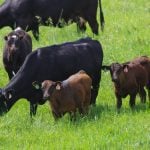UPDATED: December 4, 2024 1020 CST – added contact info for CGC regional offices and service centres.
WINNIPEG — The oil content of the this year’s canola crop is not great. It’s not as bad as 2021, but well below average levels from 2010-20.
The mean oil content for canola samples submitted to the Canadian Grain Commission was 42.6 per cent this year.
Read Also
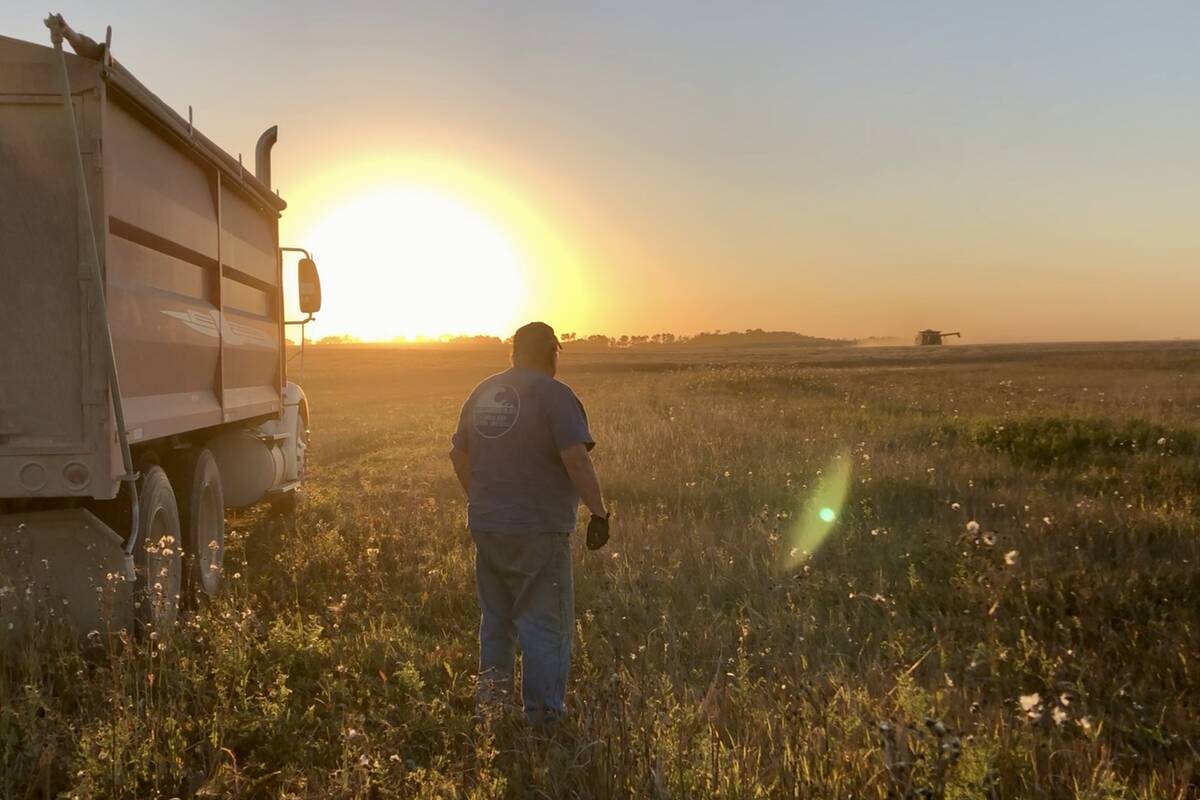
VIDEO: Bittersweet harvest for this family farmhand
Bruce Burnett helps his brother harvest wheat and canola for the last time on the family farm in Manitoba where they both grew up.
The 10 year average is 43.7 per cent.
The reason for the lower oil content is pretty simple, said Veronique Barthet, program manager for oilseeds monitoring with the grain commission.

Hot and dry weather in July and August, especially warm nights, prevented canola plants from producing oil inside the seed.
“During the cool nights, the crop has time to recover. This was not the case this year,” said Barthet, who spoke Dec. 3 at CanolaWeek, a Canola Council of Canada event in Saskatoon.
“So, there is lower oil content…. The good news? It’s not as low as 2021.”
The mean (average) oil content of canola was 41.3 per cent in 2021, a growing season with severe drought across the Prairies.
Looking back at the last few years, from 2021-24 the oil content of canola has been below average. Oil content was consistently around 44 per cent or higher from 2010-20.
Barthet shared other data on the quality of the 2024 crop, including the percentage of canola that graded. No. 1.
About 90 per cent of canola samples submitted to the grain commission were rated as No. 1.
The grade was particularly high in Saskatchewan but less so in Manitoba. About 70 per cent of samples were rated No.1 in eastern Manitoba and parts of the Parkland.
In some good news, the protein content of canola samples sent to the commission was much higher than average.
Protein content in Western Canada was 23 per cent, while the 10 year average is 21 per cent.
As for chlorophyll, the amount of green seeds in canola samples was little to nothing.
“(That’s) not genetics,” Barthet said.
“As long as we have no frost in September, no frost in October, we will have low chlorophyll, which is pretty good for the crusher.”

Crop insurance data from Manitoba, Saskatchewan and Alberta shows that a couple of canola varieties gained market share this year.
L340PC and L356PC, which are InVigor hybrids, went from 26 per cent of insured acres in 2023 to 35 per cent in 2024.
Those varieties and other new hybrids made a difference for glucosinolate levels in canola seed.
Normally, dry growing conditions cause glucosinolate levels to increase, but that didn’t happen in 2024. Glucosinolate amounts were close to the five year average.
“The reason why is because those varieties that are high in glucosinolates are no longer in the system,” Barthet said.
As well, the alpha linoelic acid content in canola oil was higher than expected in the grain commission samples.
With drought, the alpha linoleic acid level should drop.
“This year, there was a shift in the varieties,” Barthet said.
“There is about 10 per cent more varieties … that has high alpha linoleic acid compared to last year…. It’s really a genetic effect this year.”
One challenge the Grain Commission has faced this fall is the Canada Post strike. It has disrupted the shipments of grain samples to the CGC, so the Commission is asking farmers to keep their samples until the strike is over. Another option is to drop the samples at one of the CGC service centres.
More information on the service centres can be found here:
https://www.grainscanada.gc.ca/en/about-us/office-service.html
Contact robert.arnason@producer.com









